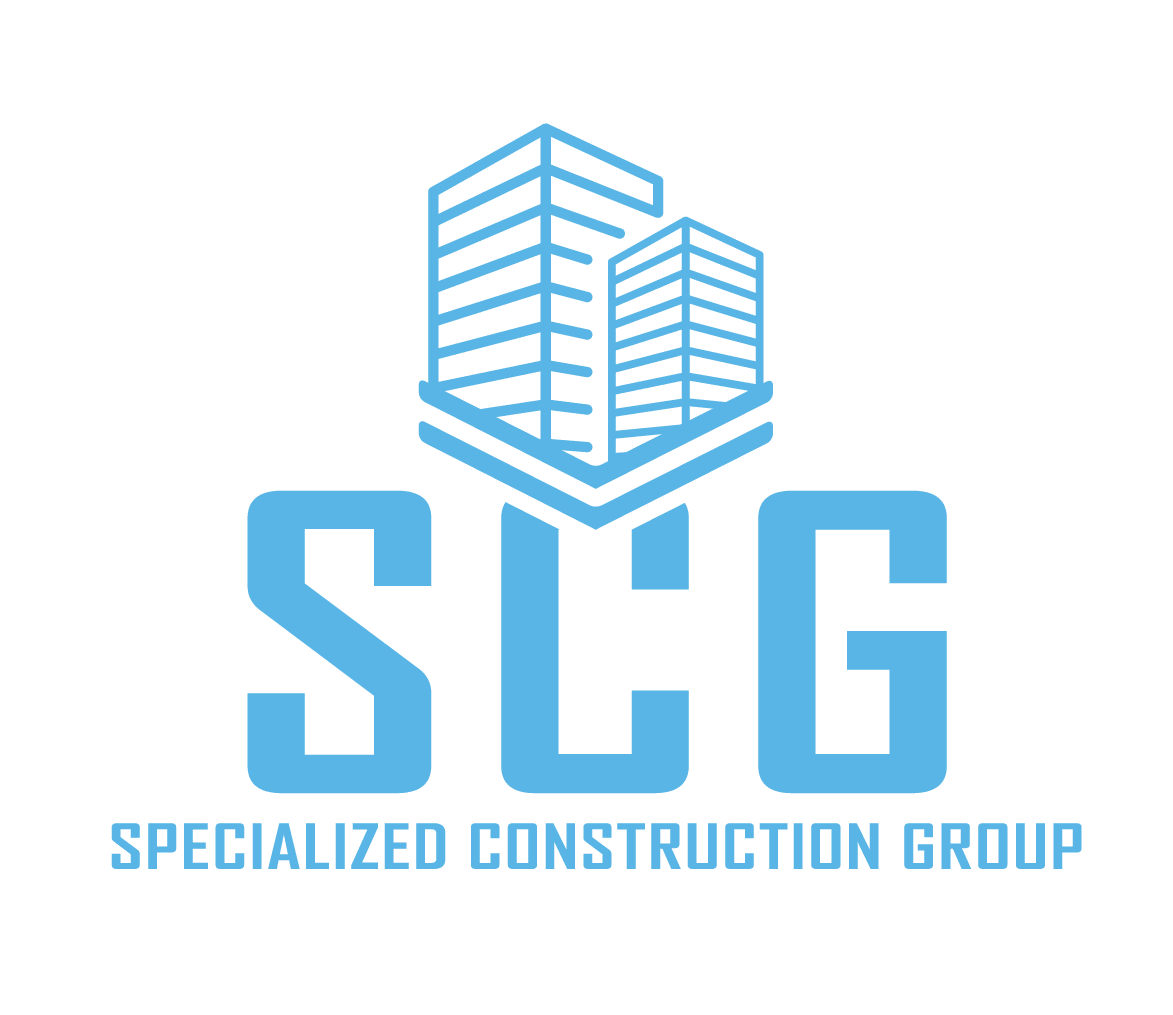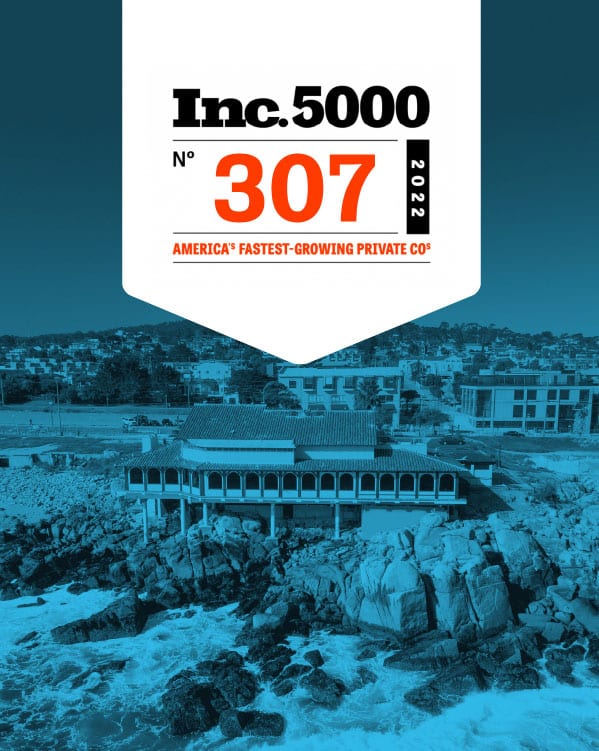10-Step Due Diligence Process Before Leasing Your Retail, Restaurant, or Medical Office Space
Embarking on a commercial lease without proper due diligence can lead to unforeseen challenges, ranging from structural issues to legal and compliance difficulties.
However, a comprehensive due diligence process will provide you with critical information before you commit to a lease, mitigating future surprises.
If you’re new to this, our step-by-step process can help. Our methodology offers a holistic analysis of your prospective lease, outlining the physical, legal, and financial elements that could impact your business.
Step 1:
Feasibility Study & Summary of Findings
- Understand the viability of the commercial space in relation to your specific business needs and objectives.
- Compile a summary of key findings, including potential challenges and opportunities.
Step 2:
Space Plan
- A comprehensive space plan ensures the property meets your operational needs.
- Develop preliminary space layouts and flow diagrams.
Step 3:
Preliminary Code Analysis
- Insight into local regulatory compliances, mitigating the risk of legal complications down the line.
- Consider specific requirements for retail, restaurant, or medical office spaces.
Step 4:
Building Assessment
- Perform a detailed evaluation of the property’s condition to anticipate potential repair and maintenance costs.
Step 5:
Existing Photographs & Measurements
- Collect accurate visual and dimensional data of the property; this is crucial for planning and design.
Step 6:
As-Built Review with Existing Drawings
- Analyze the property’s existing structures and installations to provide a clear starting point for any modifications or refurbishments.
Step 7:
LL Work Letter
- Review landlord obligations and commitments to prevent unexpected responsibilities and expenses.
- Compare landlord’s scope of work with project requirements.
Step 8:
Schedule
- Develop a detailed project timeline from lease execution to substantial completion of modifications to help you plan your business operations accordingly.
- Identify key milestones and consider potential delays or risks to the schedule.
Step 9:
Budget
- Estimate a comprehensive budget, including projected costs and expenses such as design, construction, permits, and contingencies.
- Review potential cost-saving opportunities.
Step 10:
Equipment Inventory
- Assess equipment needs for your retail, restaurant, or medical office space.
- Evaluate existing equipment, if any, and identify additional requirements.
- Develop a thorough inventory list and sourcing strategy, ensuring code compliance and operational efficiency.
The due diligence process is a critical step in any commercial lease agreement. It provides a comprehensive understanding of the property and the potential costs involved, helping you to make an informed decision that aligns with your business goals.


